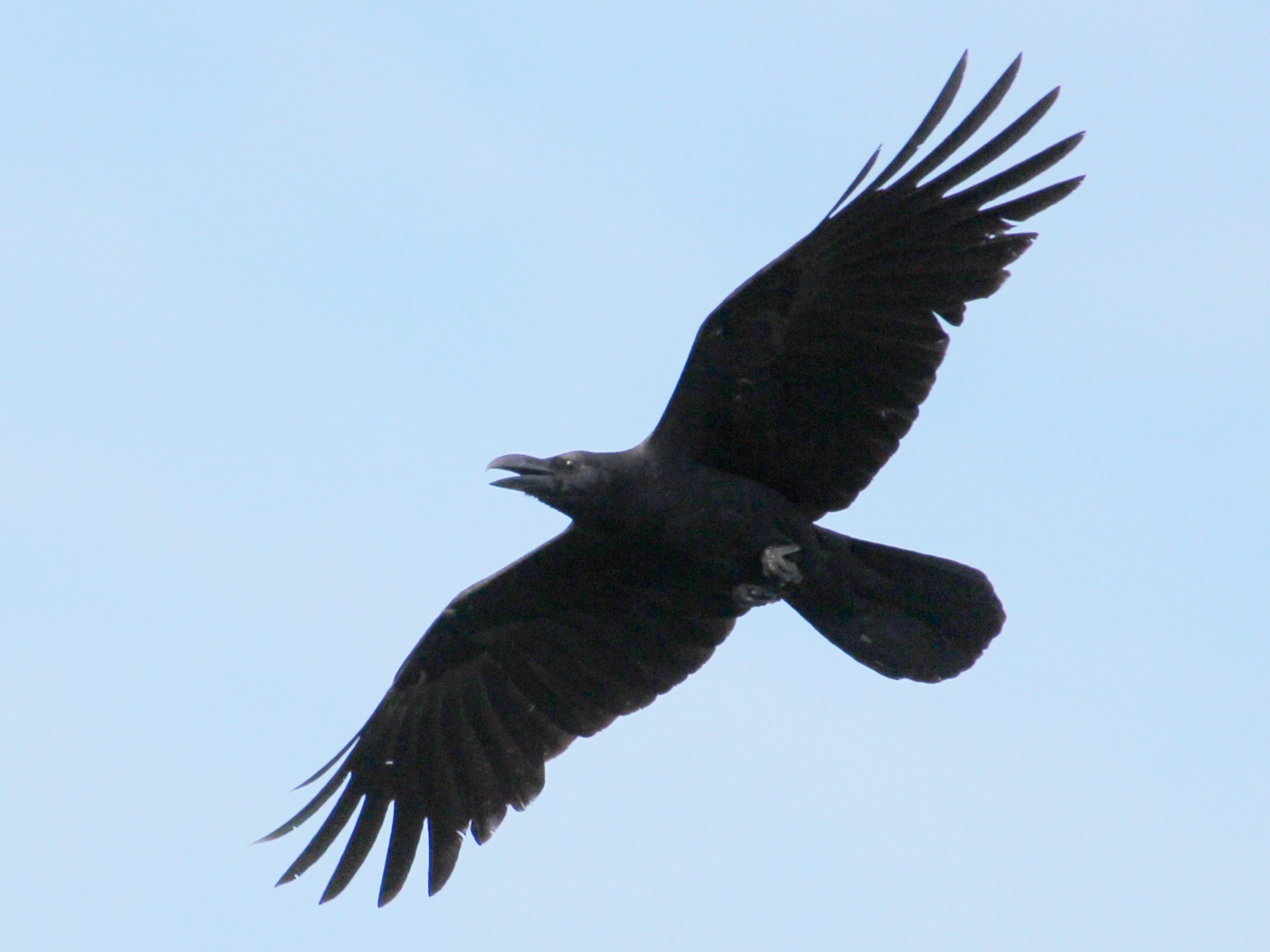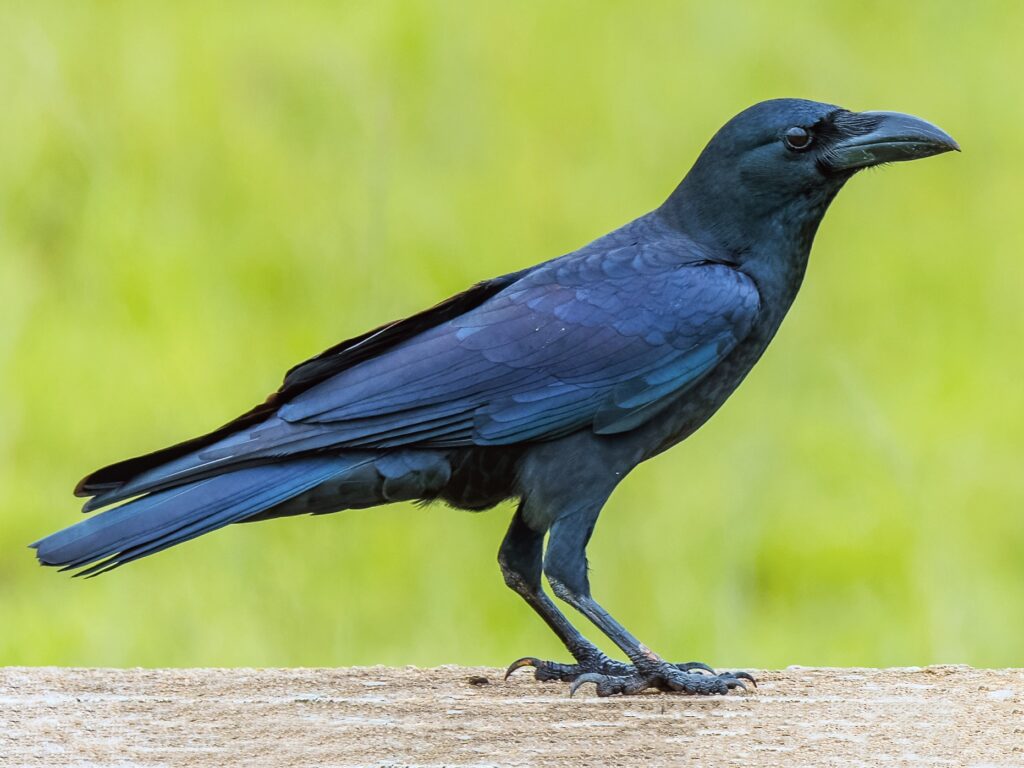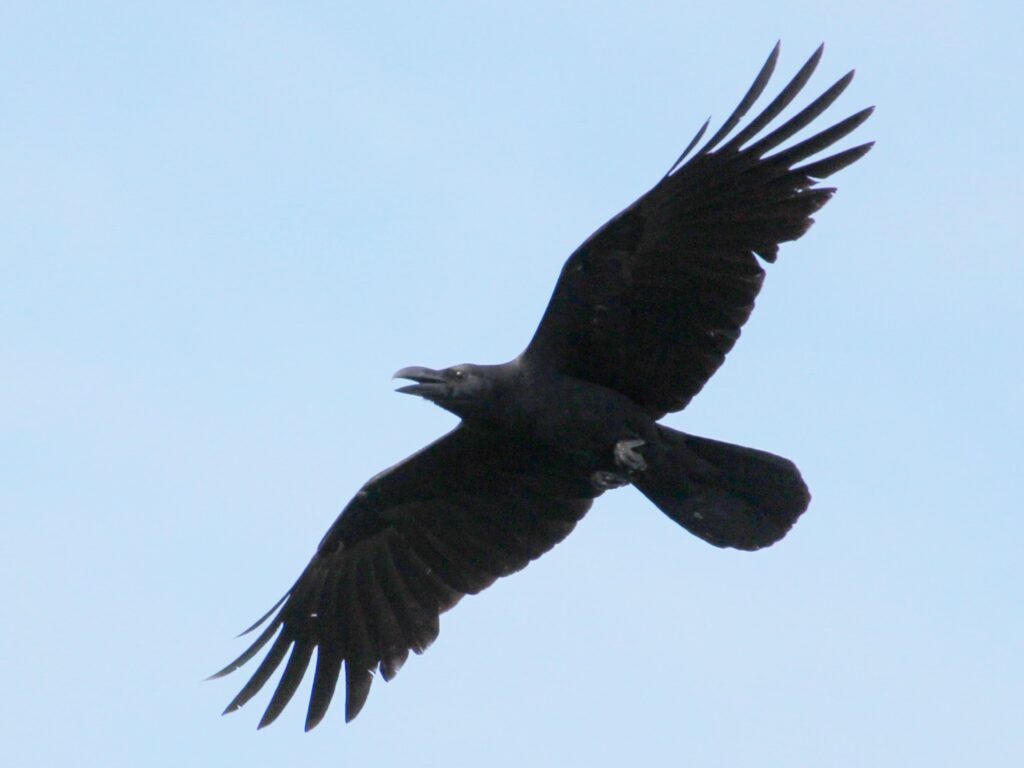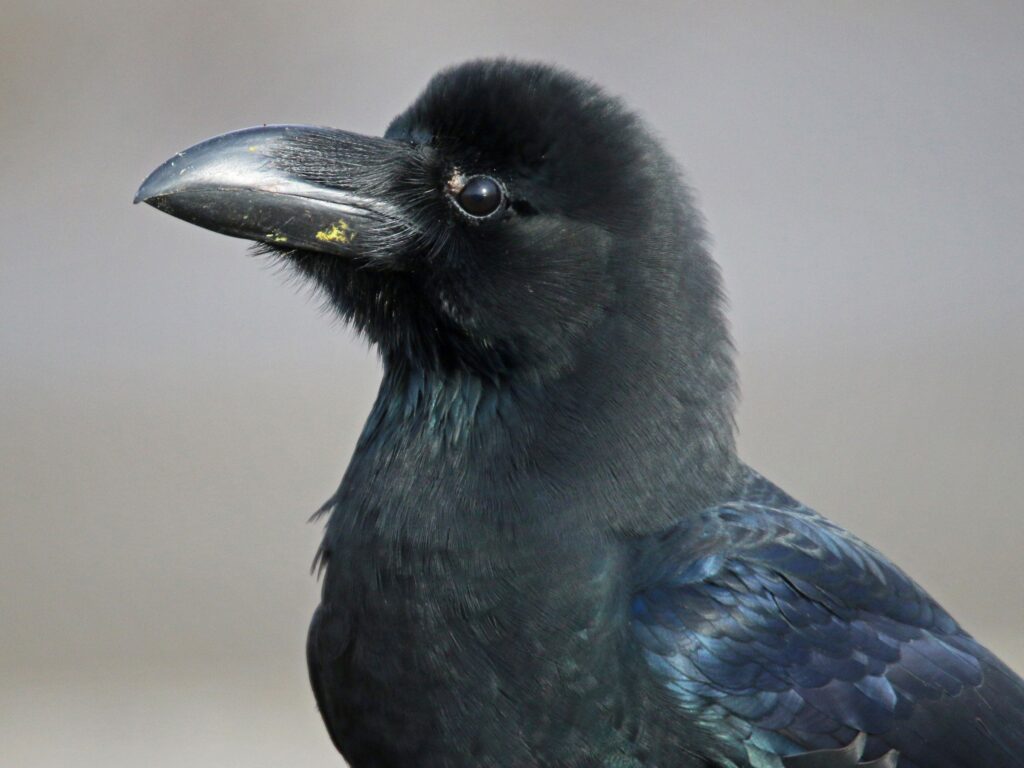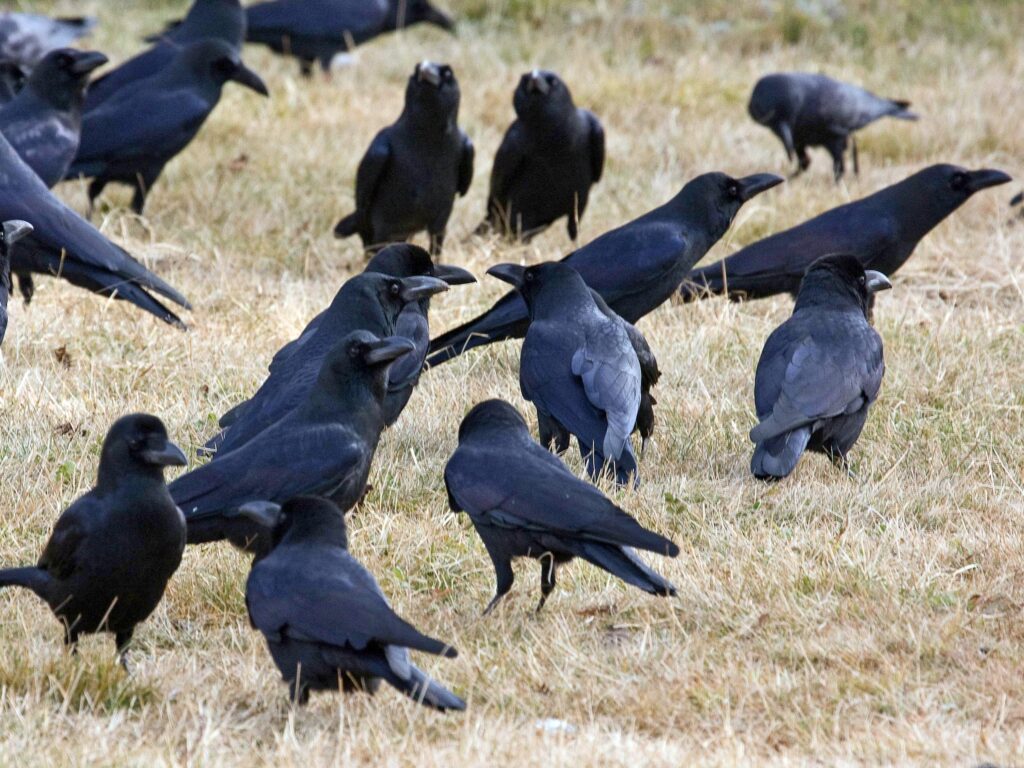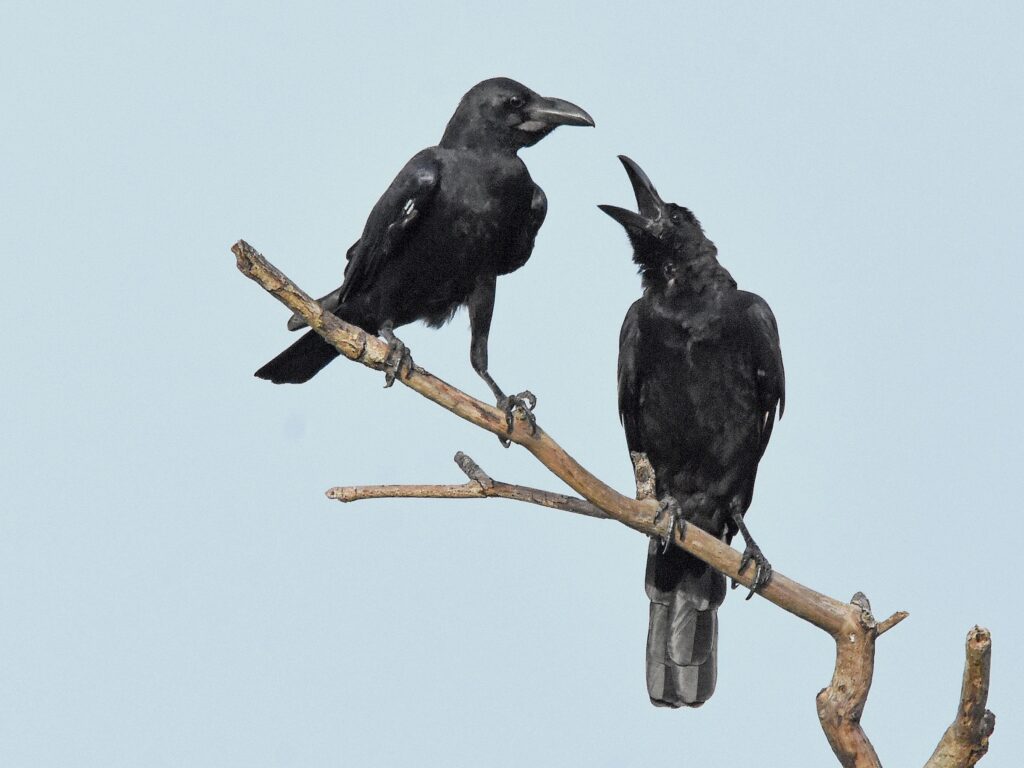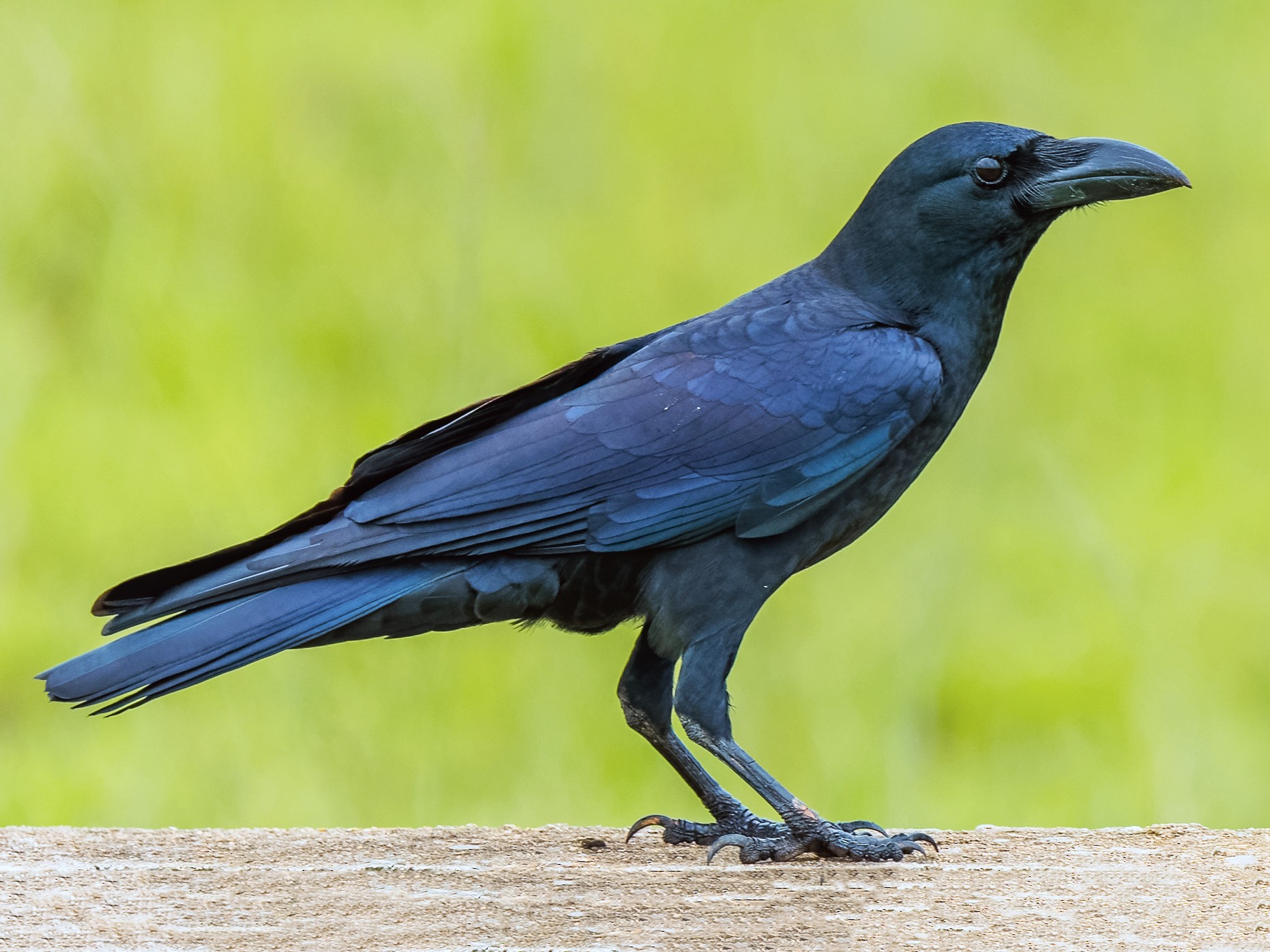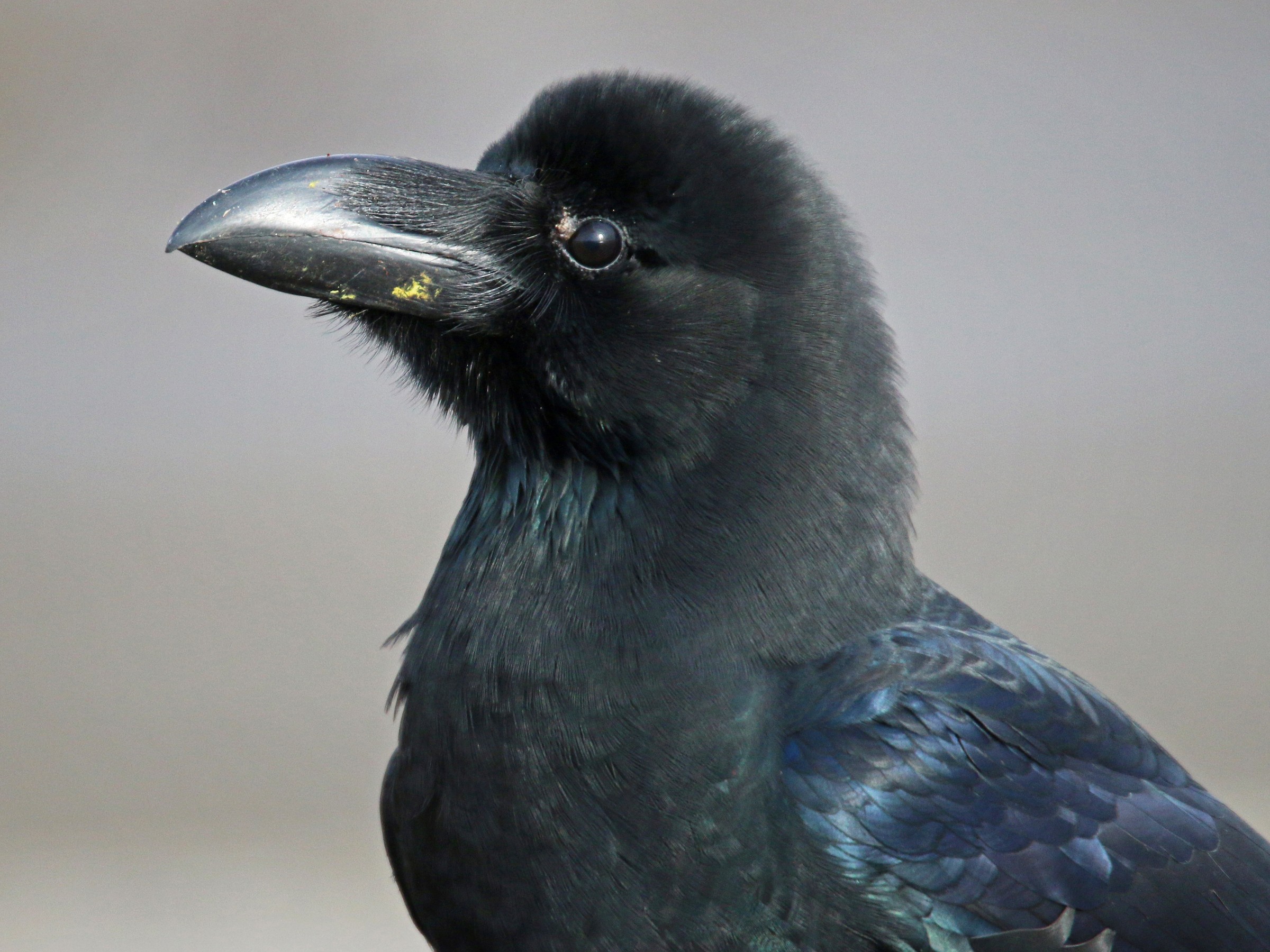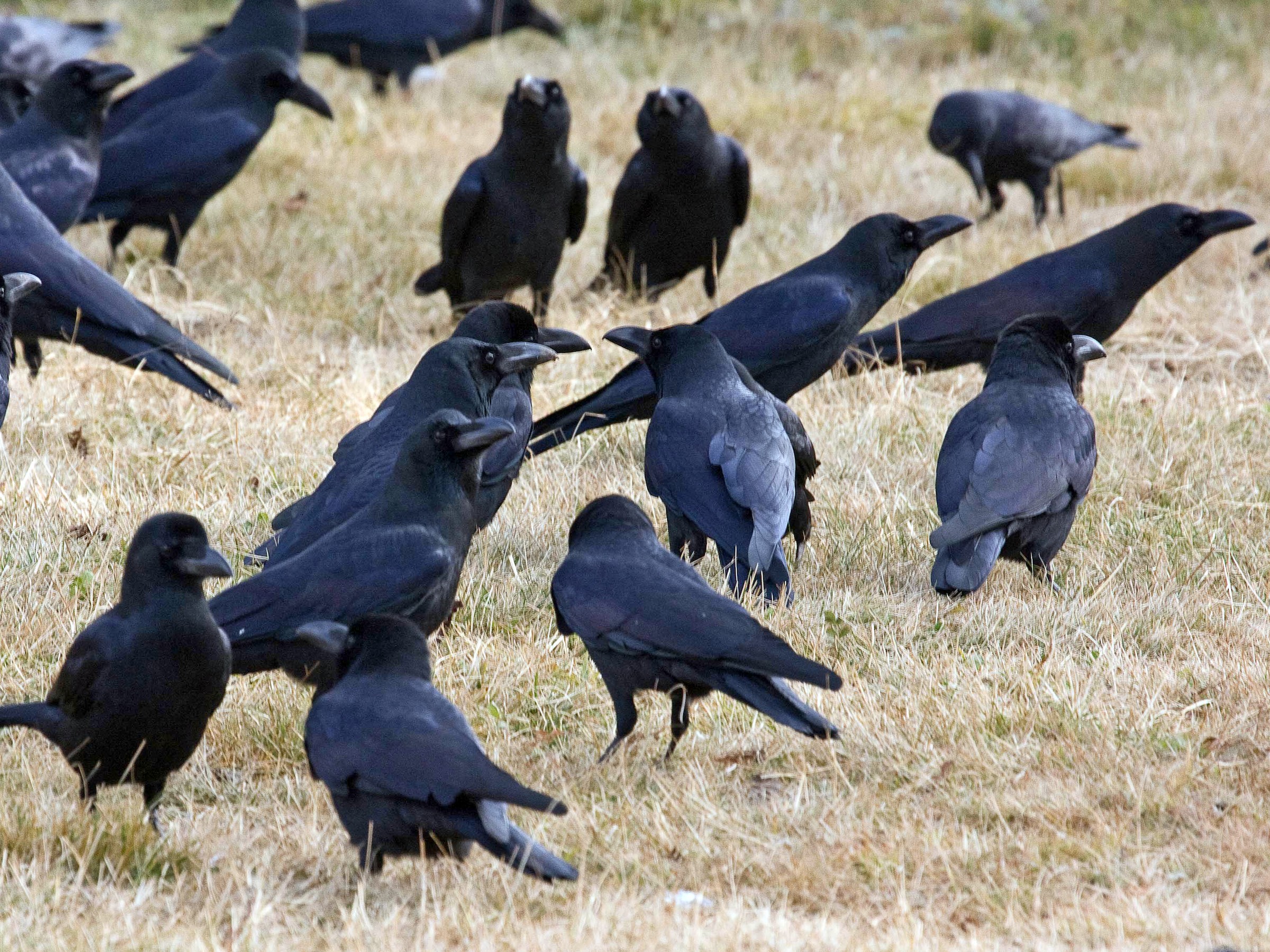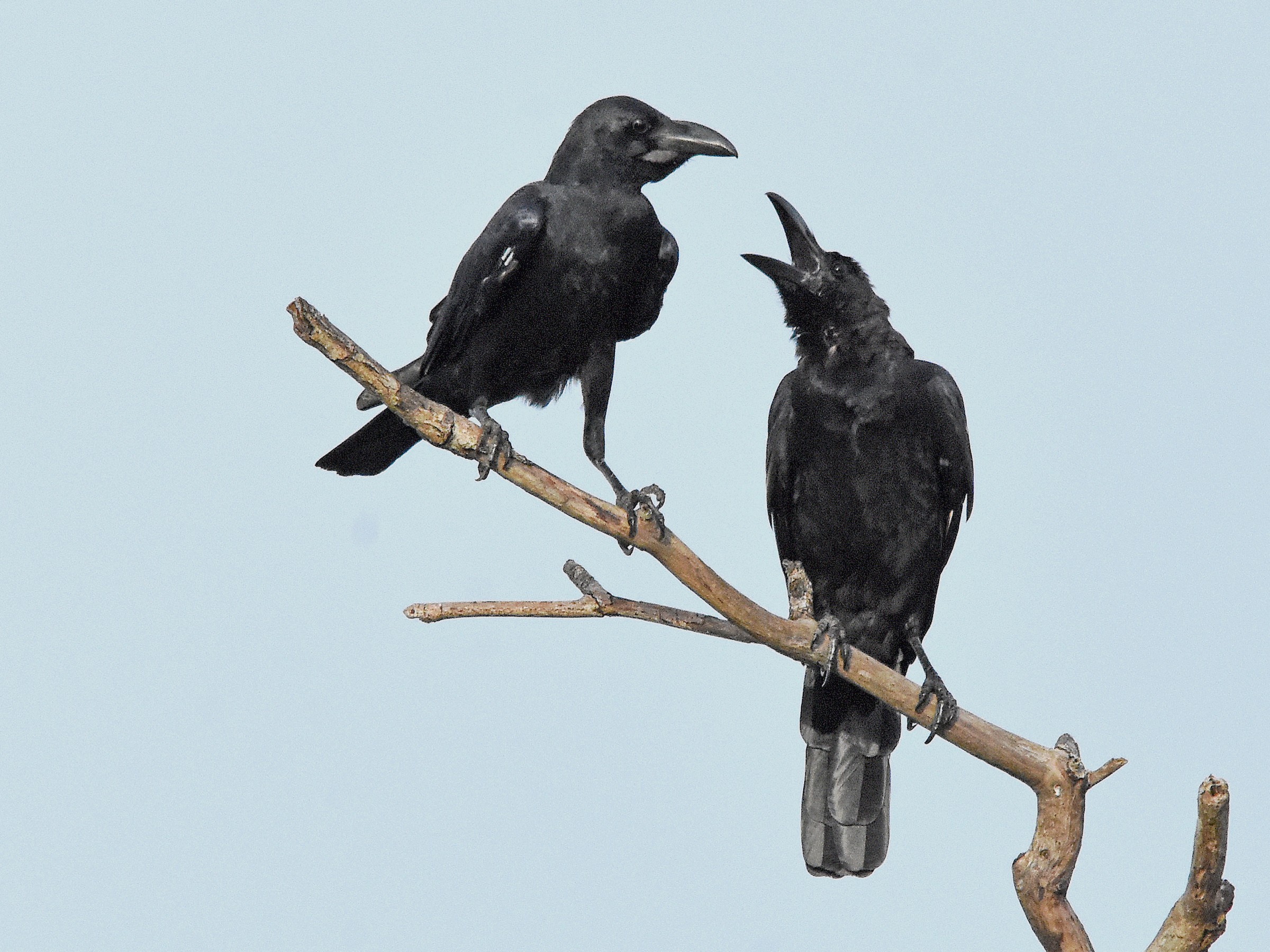Large-billed Crow: The Fascinating Adaptations of an Intelligent Avian Species
The crow is a fascinating bird known for its distinctive features and intelligent behavior. This crow stands out not only for its size but also for its adaptability to various environments across Asia. Observing these birds in their natural habitats offers insights into their complex social interactions and communication methods.
These crows are often found in urban areas and forests, showcasing their ability to thrive in changing landscapes. Their unique calls and social behaviors highlight their intelligence, making them a subject of interest for both birdwatchers and researchers alike. Scientists have studied their vocal exchanges and memory capabilities, revealing more about how they interact with each other and their surroundings.
Understanding the crow can deepen appreciation for avian behaviors and the importance of conserving their habitats. These birds play a key role in the ecosystem, and awareness of their needs helps ensure their survival for future generations.
Key Takeaways
- Large-billed Crows are known for their size and adaptability.
- They exhibit intelligent behaviors, including complex vocal communication.
- Conservation of their habitats is essential for their continued survival.
Taxonomy and Nomenclature
The crow is scientifically named Corvus macrorhynchos. This name highlights its distinctive large bill. It belongs to the family Corvidae, which includes other corvids such as crows, ravens, and jays.
Common names for this bird vary by region. In some areas, it is referred to as the Jungle Crow. This name is used because of its habitat preference, often found in forested regions and urban areas.
The crow is part of a group that has undergone considerable classification changes. Recent studies suggest that its classification may differ depending on geographic location.
| Scientific Name | Common Name |
|---|---|
| Corvus macrorhynchos | Large-billed Crow |
| Corvus macrorhynchos | Jungle Crow |
Taxonomy can also reflect behavioral traits. Research shows that crows exhibit social behaviors similar to other corvids. Their calling patterns and dominance hierarchies are of particular interest in scientific studies.
The naming and classification of the crow illustrate ongoing discussions in ornithology. Accurate taxonomy is essential for understanding avian biodiversity and conservation.
Physical Description
The Large-billed Crow has distinct physical traits that set it apart from other crows. Its size, bill structure, and coloration play crucial roles in its identification and behavior.
Defining Characteristics
The Large-billed Crow (Corvus macrorhynchos) is notable for its prominent bill, which is wider and longer than that of many other crow species. This bill shape helps it access a variety of food sources. The feathers of the Large-billed Crow are typically a glossy black with hints of blue, green, or teal, depending on the light.
In terms of behavioral traits, the Large-billed Crow exhibits highly social behavior and intelligence. Its vocalizations are distinctive and can vary widely, aiding in communication within groups. Their recognition of individual crows is thought to be linked to their unique facial configurations, which help them in social interactions.
Size and Appearance
The Large-billed Crow is a medium to large sized bird, measuring approximately 46 to 52 cm in length. Its wingspan can reach about 100 cm, giving it a majestic appearance in flight.
In addition to its large bill, it has strong legs and feet, which allow it to forage effectively on the ground. The legs are also adapted for climbing and perching. Young Large-billed Crows may show different plumage colors compared to adults, often being duller until they mature.
Their keen eyesight and agile flight make them skilled at navigating both urban and rural environments. These characteristics contribute to their adaptability and presence in various habitats.
Habitat and Distribution
The Large-billed Crow is adaptable to different environments, thriving in various regions across its geographical range. This crow often prefers urban habitats where food is plentiful, and it holds unique characteristics suited to its living spaces.
Geographical Range
The Large-billed Crow is primarily found throughout the Indian Subcontinent, including countries such as India, Bhutan, and extending into Japan. Its range covers a variety of landscapes, from coastal areas to forests.
In India, it occupies places from urban centers to rural landscapes. Observations show that it thrives in environments with abundant food sources. They are also prevalent in regions around the Arabian Sea and the Bay of Bengal.
Adaptation to Urban Areas
Large-billed Crows are particularly well-suited to urban areas. They often gather in large numbers in cities where food is accessible.
These crows can scavenge for scraps and utilize human-made structures for nesting. In urban settings, they are known to roost in parks and tree canopies.
Their ability to adapt makes them effective in exploiting new feeding opportunities. This helps them maintain strong populations even in densely populated environments.
Behavior and Ecology
The crow exhibits complex social behaviors and diverse foraging habits, which are crucial for its survival. Understanding these aspects is vital to appreciating the ecological role this species plays.
Social Behavior
Large-billed Crows are known for their social structures, often seen in groups. They establish a hierarchy within these groups, with dominant individuals having better access to resources.
These crows communicate using a variety of calls, which can convey different messages, such as warnings or mating signals. Vocal behavior is influenced by their social status, affecting their calling rates.
Additionally, communal roosting is common. Large-billed Crows often share roosting sites with House Crows, which can lead to interactions that further define their social dynamics.
Diet and Foraging
Crows are omnivorous and display broad dietary preferences. Their diet includes insects, fruits, and carrion, allowing them to thrive in various environments.
Foraging techniques are quite sophisticated. They can adapt their methods based on available food sources, often observed foraging alone or in groups.
Their ability to learn from one another enhances their foraging efficiency. Studies indicate that social relationships among crows can influence how effectively they find food.
Conservation and Rights
Conservation efforts are vital to protect the crow and its habitat. Understanding the rights related to this species, particularly in terms of intellectual property and conservation laws, is critical for its preservation.
Conservation Status
The Large-billed Crow is not currently classified as endangered. However, its habitat can be threatened by urbanization and pollution. Conservationists are working to monitor populations, especially in regions like Bangladesh, where they are known to prey on waders.
Efforts include habitat preservation and promoting awareness about their ecological role. Studies indicate that protecting their environment benefits not only the Large-billed Crow but also other species sharing the same habitat. Initiatives may involve community engagement to reduce human impact on their nesting and feeding areas.
The concept of intellectual property is significant when it comes to wildlife conservation. For the crow, rights managed creatively can play a role in fundraising for conservation projects.
The concept of intellectual property is significant when it comes to wildlife conservation. For the Large-billed Crow, rights managed creatively can play a role in fundraising for conservation projects.
Organizations may seek permission to use images or studies related to this bird for educational and promotional purposes. Such agreements ensure that the original creators are acknowledged and compensated, promoting further research and conservation efforts.
This approach encourages a sustainable way to appreciate and protect wildlife while respecting the rights of those who study or document them.
Frequently Asked Questions
Crows are intriguing birds with distinct features. Understanding their size, habitat, characteristics, and behaviors can shed light on their unique place in the crow family.
Large-billed Crows are intriguing birds with distinct features. Understanding their size, habitat, characteristics, and behaviors can shed light on their unique place in the crow family.
What is the typical size of a jungle crow?
A typical Jungle Crow, which is closely related to the Large-billed Crow, measures about 45 to 50 centimeters in length. Its wingspan can range from 80 to 100 centimeters, making it a sizable bird among corvids.
How does the habitat of a Large-billed Crow differ from other crow species?
The Large-billed Crow prefers open habitats such as forests, urban areas, and agricultural lands. In contrast, other crow species may inhabit different environments, such as coastal areas or dense forests.
What are the distinct characteristics of a Large-billed Crow?
The Large-billed Crow has a notably thick and long bill. Its plumage is primarily glossy black, and it has a distinctive shaped head that sets it apart from other crows.
What is the average weight range for a Large-billed Crow?
The average weight of a Large-billed Crow ranges from 400 to 600 grams. This weight can vary based on factors like diet and age.
How can you distinguish between a Jungle Crow and a Large-billed Crow?
A Large-billed Crow can be distinguished from a Jungle Crow by its larger, heavier bill. While both birds are mostly black, the shape and size of their bills help identify them.
What are the common behaviors observed in Large-billed Crows?
Large-billed Crows are known for their intelligence and adaptability. They often engage in social behaviors, such as group foraging and vocal communication, making them fascinating to observe in their natural environments.
